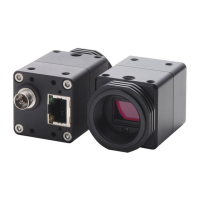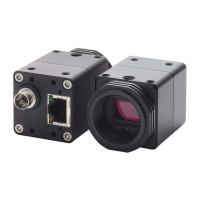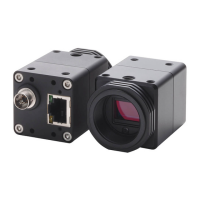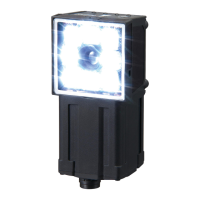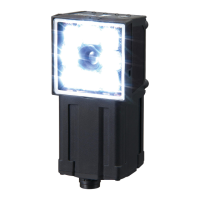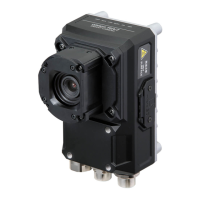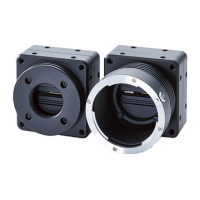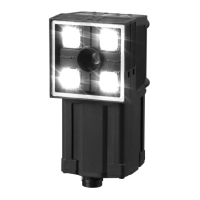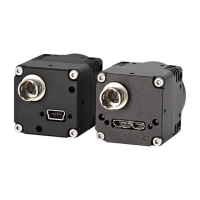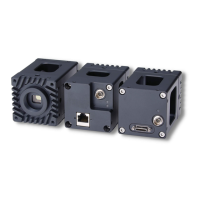2-33
2 System Components
MicroHAWK F320-F / F330-F / F420-F / F430-F Smart Camera User Manual
2-8 I/O Filtering and Debounce
2
2-7-1 Ground and Shield Considerations
2-8 I/O Filtering and Debounce
Trigger Debounce is the ability of the system to accommodate switching noise on a trigger state
change – a common issue with relays that have some intermittent contact while engaging.
Trigger overruns (when the vision system is triggered faster than the device can process) can be
avoided by increasing the “debounce” time in the camera definition file located in the C:\Microscan
\Vscape\Drivers\CamDefs directory.
The I/O Line Debounce High Time and I/O Line Debounce Low Time can be added to the file as in the
example below. Debounce time is 1 ms (1,000 μs).
Note: Although the value entered for the "I/O Line Debounce Time" is in microseconds, it will only be
rounded up to a millisecond value. For example, entering the value 1001 will resolve to 2 ms; entering a
value of 2800 will resolve to 3 ms.
The min value for "I/O Line Debounce Time" is 0, which disables software debounce altogether. The
maximum value is 100000 (100 ms).
This is the the standard debounce as described for the trigger:
I/O Line Debounce High Time 1000 //usecs (default is 0)
I/O Line Debounce Low Time 1000 //usecs (default is 0)
The smart cameras have an I/O Line Filter Time as well:
I/O Line Filter High Time 100 //usecs (default is 100)
I/O Line Filter Low Time 100 //usecs (default is 100)
I/O Filter is the ability to ignore any signals on the l/O lines that are less that the “Filter Time” long.
Sometimes, electrical interference puts spikes on the line. This feature makes it ignore them until the
signal that is seen on the I/O line is longer than the filter time.
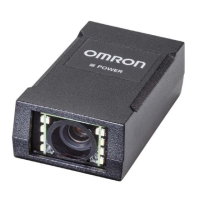
